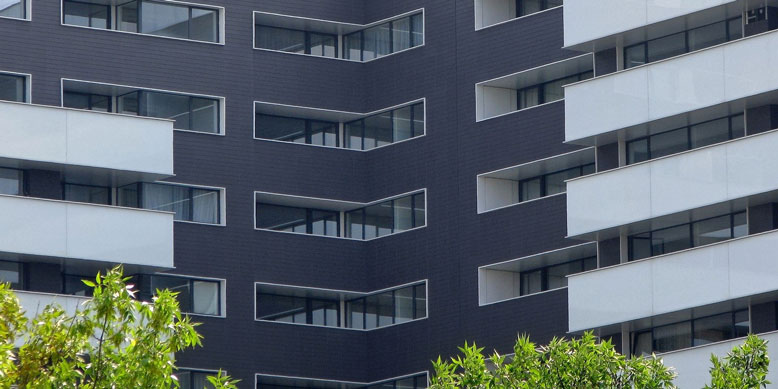Factors That Affect Painting Project Timelines
One of the main concerns a customer has when it comes to their property being painted is how long the job will take. This isn't always such a simple question to answer. Of course, there is a standard to base time on, such as project size, whether it is a new or existing construction, if there is any damage, or other factors. However, consider and budget time for these other variables that are bound to come along.

Building and Structure
The building itself can determine whether a project may be quick and easy or a challenge. Size plays an important role in establishing a project timeline. The greater number of rooms and surface area to be painted will influence the project scope. Additionally, plan for things like if the trim also needs to be painted, if any primer or stain guard will be used, and other details. The type of flooring matters too. Bare floors require less prep work. Be aware of any visible repairs that will need to be made prior to painting, such as with the drywall or trim. It is easier to accurately assess the time it will take if the issues are seen ahead of time.
Prep and Painting Process
Prep work and painting can have a varied timetable as well. Issues that require a lot of sanding, spackling, or caulking could take more time. Depending on the type of flooring or furniture present, preparations with drop cloths and tarps must be considered. Once the area is prepared, the paint itself needs to be taken into account. The job could be a breeze or a difficult encounter, depending on what type of paint is used. Some take more time and effort to work with. Mind the weather conditions as well. Humidity and temperature will play a role in how long it takes for the paint to dry. The process is not just spreading paint around on a surface, after all.
Unique, Changing Variables
One major, unpredictable variable to consider when painting a building is weather. If any type of exterior painting is to be done, weather, like rain, can cancel many plans for the day fast. Again, the elements will also affect dry time.
If working on an existing structure, the risk of running into unforeseen sections of the building that need to be repaired before it can receive a coat of paint is always there. Surprises happen. Depending on the structure, extra durability may be needed.
It isn't always cut and dry to establish a painting project's timeline. Therefore, make sure to thoroughly recognize factors and plan for what is expected out of the finished product to set a realistic goal. Always err on the side of caution and allow a little wiggle room when dealing with a painting timeline. For estimates and advice on setting attainable goals for painting projects and more, contact us today.
About the author
Chase DeRousse is the Vice President of Painting at Major Painting and strives to deliver quality craftsmanship coupled with superior customer service, creating a unique and pleasant experience for all Major Painting customers, no matter the size of the project. Chase also holds an active Class A General Contracting License.
Chase has won multiple accolades recognizing his leadership and excellence in the painting industry including awards from the Painting Contractor Association (PCA), Business Owners and Managers Association (BOMA), and Institute of Real Estate Management (IREM).